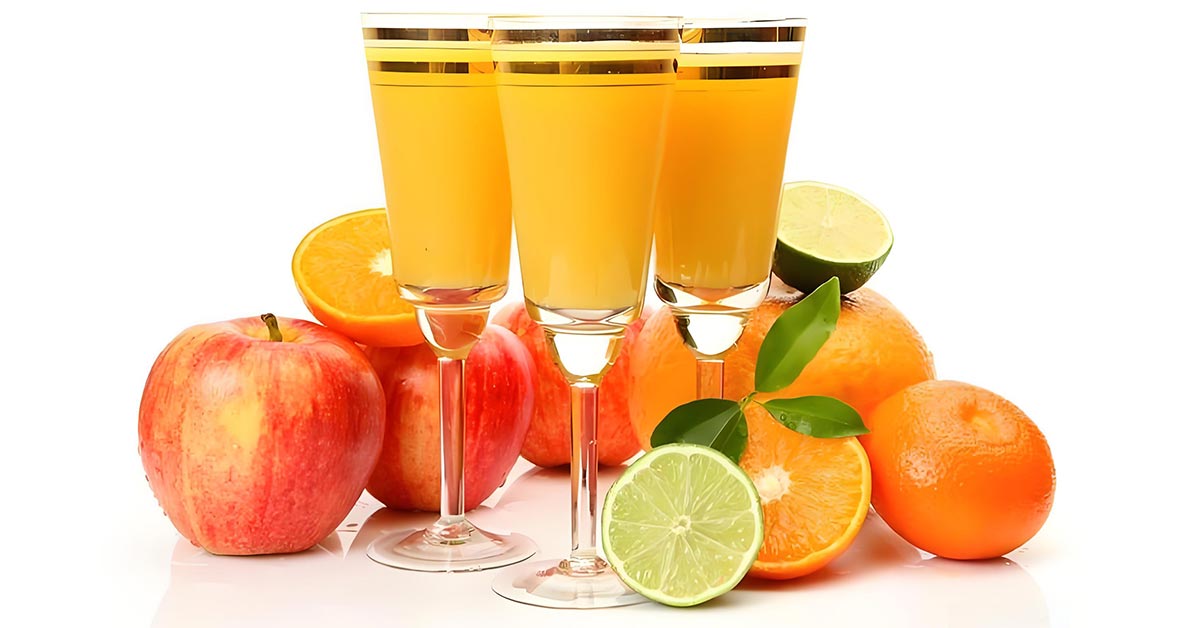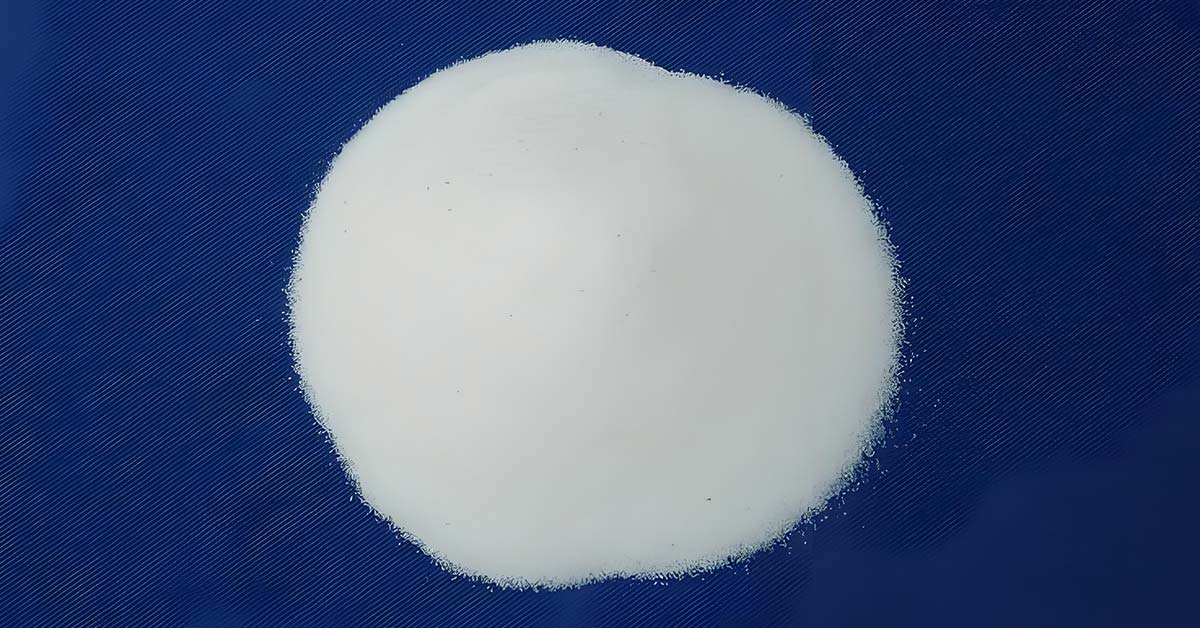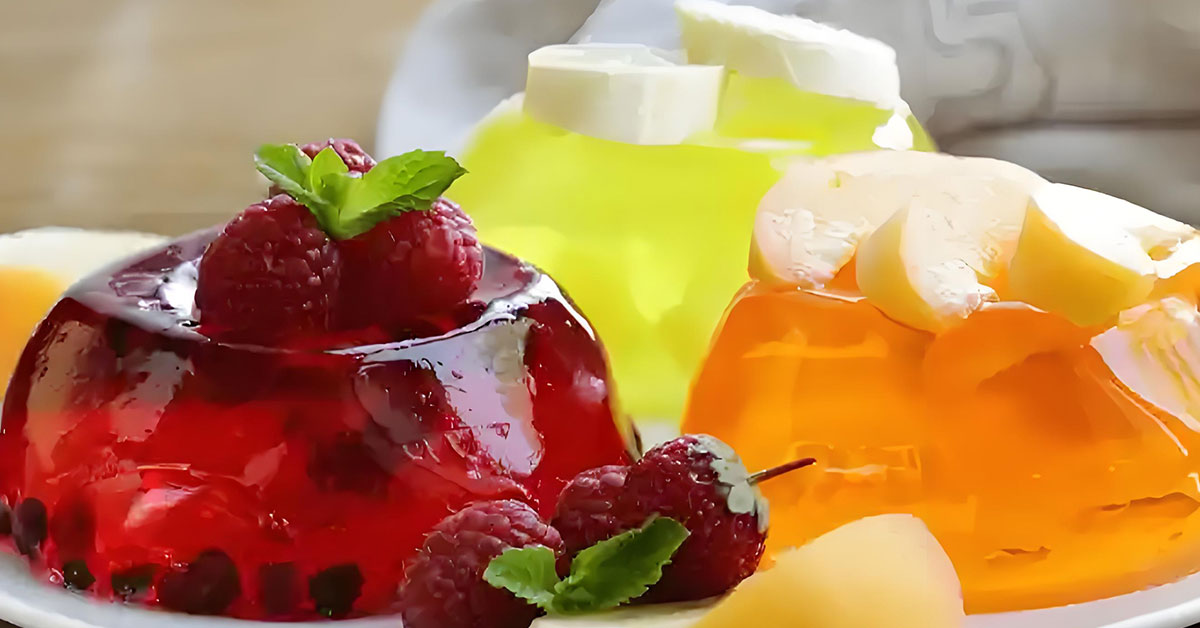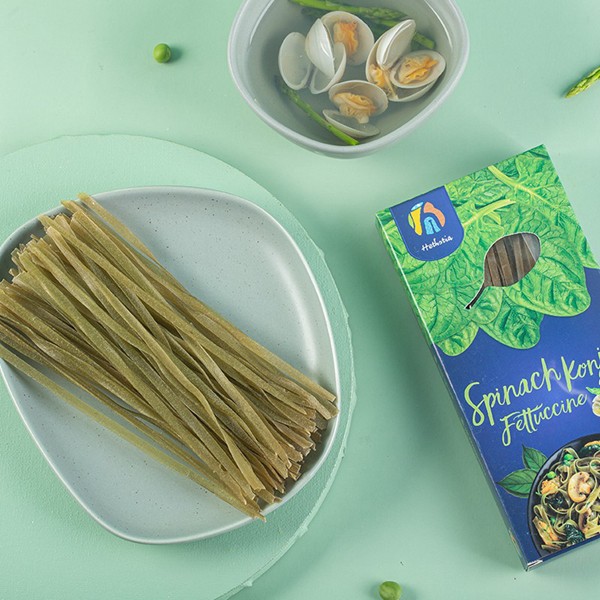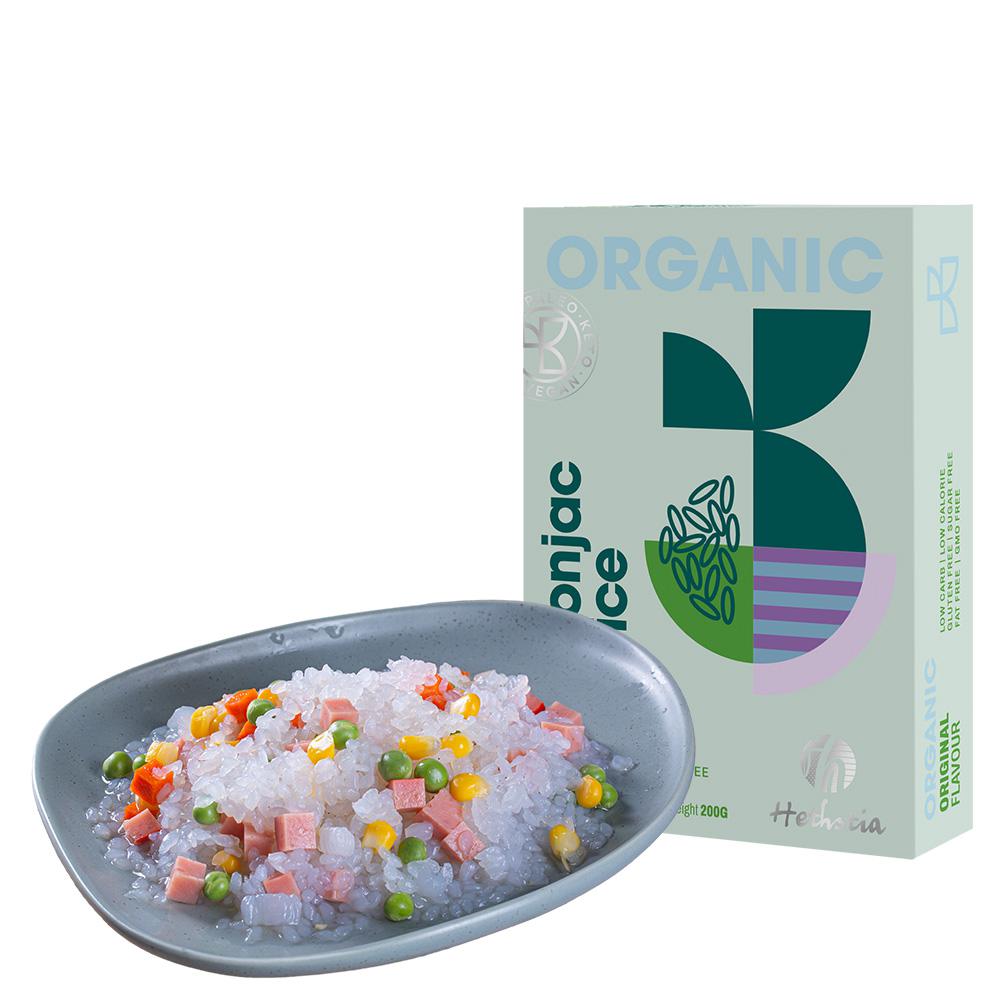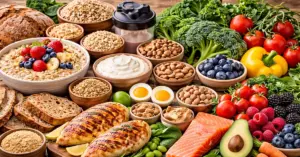1. Konjac gum as dietary fiber additive principles of action.
Dietary fiber is ”polysaccharide carbohydrates and lignin in food that cannot be digested and absorbed.” In recent years, due to the emergence of “rich people’s disease” in the Western world, people have found that the dietary fiber contained in the three meals per day can no longer meet the body’s needs, and they have begun to look for high-quality nutritional fiber for the prevention and treatment of this disease.
Dietary fiber has been developed in nearly a hundred kinds, the quality of “good” and “bad”. Overall, soluble dietary fiber (SDF) is judged to be superior to insoluble dietary fiber (IDF), with lignin fiber being the worst.
The only valuable measure of dietary fiber quality is the number of β-1,3 glycosidic bonds in the polysaccharide structure. The more the better, the less the worse, konjac glucomannan is both water-soluble polysaccharides, but also rich in β-1,3 glycosidic bonds branched structure, belonging to the high-quality water-soluble dietary fiber.
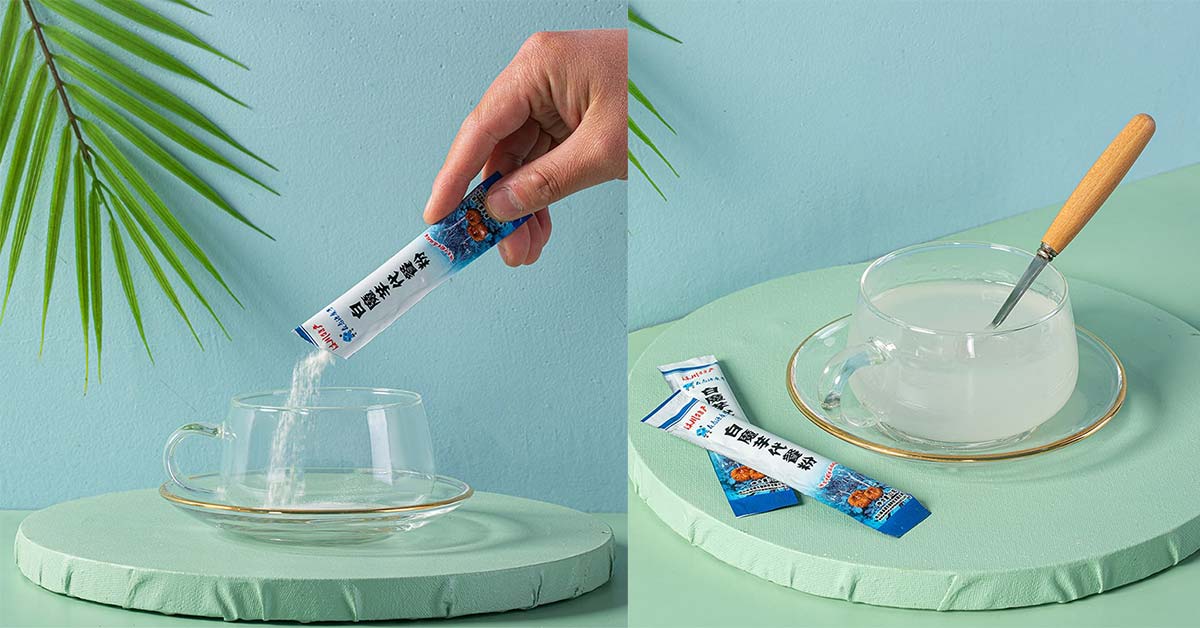
2. Konjac gum as thickening additive principles of action
When designing thickening additives, the first thing to consider is that the corresponding production medium is a relatively heterogeneous liquid mixture, the composition of which is made up of a few, more than a dozen or so, dozens of components. Therefore, the choice of thickening agent must consider their complexity.
The selection of konjac gum KGM as a thickener is based on the fact that it is a non-ionic polymer water-soluble polysaccharide, a viscosity of up to 20,000 mPa-s or more, with good thickening, adhesion, suspension, and emulsification.
What’s more, it has mutual solubility and synergism with most of the cationic and anionic edible gums, so the function of konjac gum KGM as the main gum agent is superior compared with other edible gums.
This thickening additive is widely used in fruit juices, fruit treasures, fruit teas, jams, porridges, condiments, and all pastes.
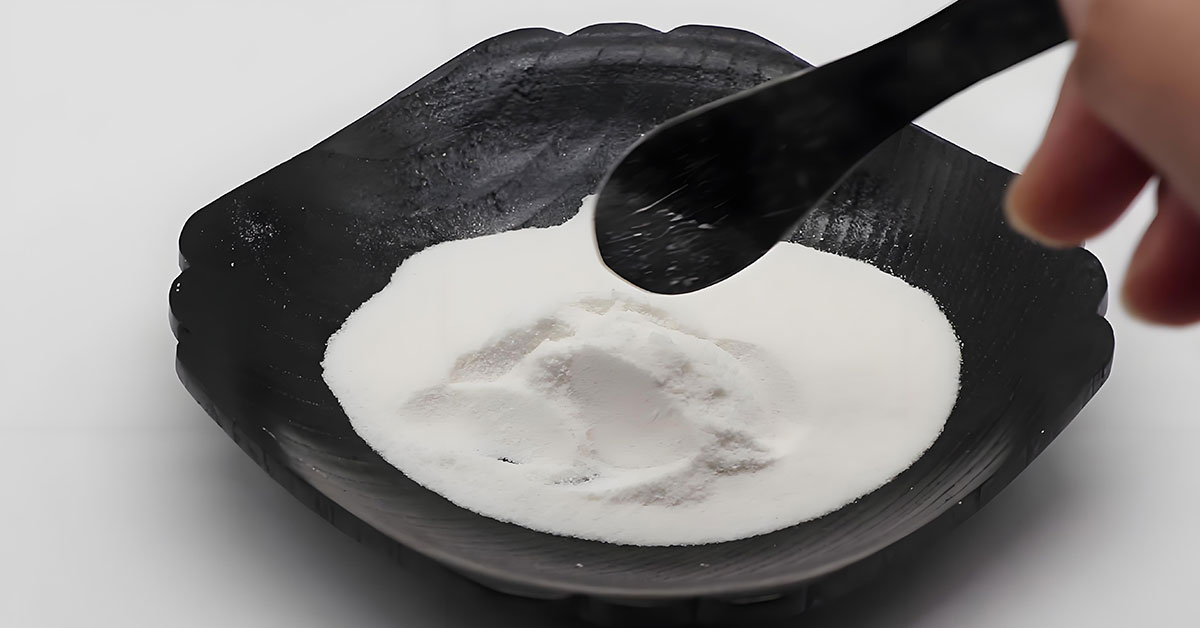
3. Konjac gum as suspension additive principles of action
When designing suspension additives, the first thing to consider is the relative stability of the additive solution’s viscosity, which is the key, and the estimated specific gravity of the suspension, which is the basis.
Any monomer edible gum solution will be more obvious by the concentration, temperature, pH value, and salts. If a composite is used that is functionally similar to the gum, the effect will be significantly improved.
Konjac gum KGM is a non-ionic polymer polysaccharide. It and most cationic and edible gums have mutual solubility and synergy, so konjac gum is the first choice for suspension stabilization.
The suspension additives thus produced are widely used in granulated oranges, Mulberry, silver ear pieces, cantaloupe candies, and pineapple granules.
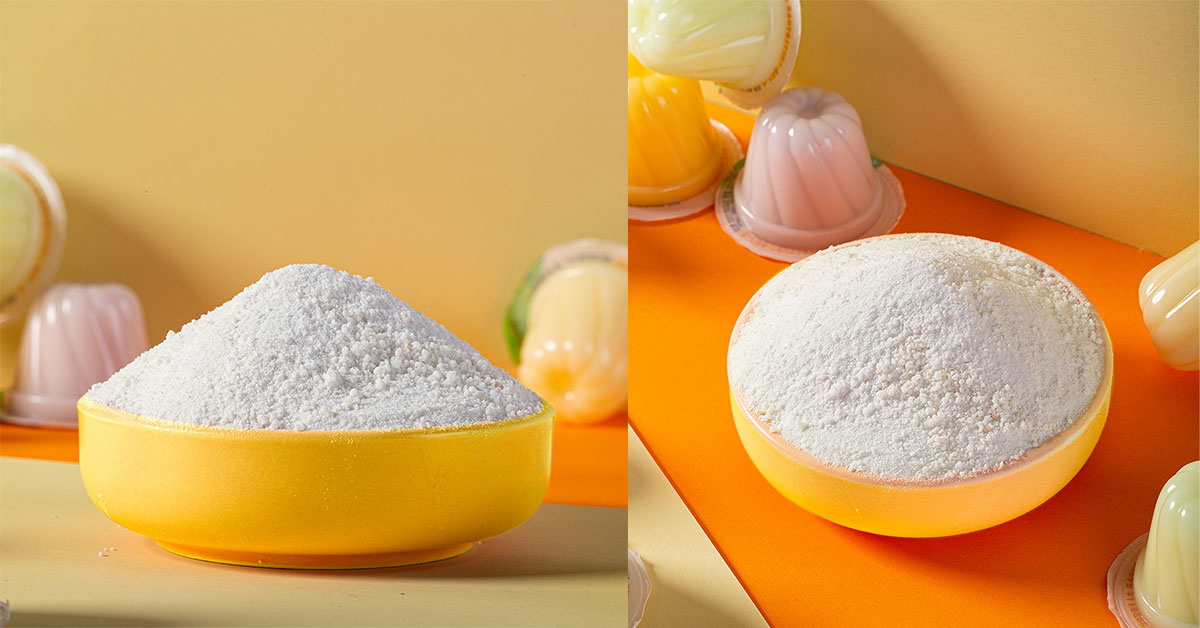
4. Konjac gum as jelly additive principles of action
In jelly additives, konjac gum and carrageenan are the main body of the gel, and when they are co-soluble, they have a gel-boosting effect.
It is most likely that in the two polysaccharide solutions, the double helix structure formed by carrageenan is the main body.
The konjac gum molecules are wrapped around the double helix with a large pitch so that the whole structure forms a more compact colloidal solution of molecular moments, which leads to the necessary conditions for the increase in the strength of the jelly.
The involvement of cationic potassium salts and the use of a heat source as a driving force prompts the collision of the two polysaccharides, the frequency of entanglement, which plays a key role in the formation of gel strength.
Adjusting the type and amount of konjac gum in the additives can form crispy, tough, glutinous, and kneaded jellies, and adding some konjac gum derivatives in small quantities can prevent water precipitation.
There are hundreds of jelly forms on the market, but as far as we know there are very few that go beyond this range.
5. Konjac gum as soft candy additive principles of action
In the process of soft candy additive design, the gel is mainly based on carrageenan as the main, and konjac gum as a supplement to the gel mode. Its gelation mechanism is the same as that of konjac gum and carrageenan in jelly stabilizer.
Organic potassium salts and mixed phosphates can promote and accelerate the frequency of collision and entanglement of the two polysaccharide molecules, but their energy is much smaller.
The gelation effect is enhanced if it is at high temperatures, temperatures ≥ 100 turning points, and in the presence of sucrose. Thus a base for fudge is formed.
According to this mechanism, it is possible to produce gel fudge, fruit and vegetable fudge, and fruit fudge.

6. Konjac gum as cold beverage products additive principles of action
Konjac gum, xanthan gum, and a small amount of carrageenan can form a three-dimensional mesh structure when dissolved. When the ratio of konjac gum and xanthan gum reaches 3:2, its solution can form the highest performance viscosity, the highest yield value, the maximum gel strength, and the strongest three-dimensional mesh structure.
According to the above physical and chemical phenomena, take a moderate ratio, it lays a series of cold drink dairy products base material.
Such as the production of milk and oil-free zero-expansion soft ice products, cream high-expansion ice cream, to moderately reduce the use of konjac gum. Production of high cream puffed ice cream, to reduce the use of konjac gum.
